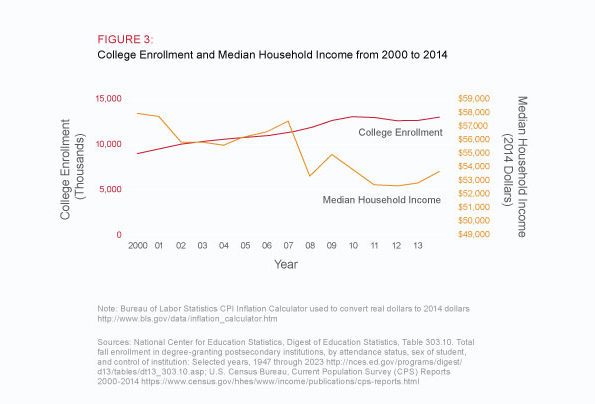To maximize the impact of higher education investments and achieve desired policy goals, policymakers should have knowledge of the full range of assistance provided to institutions and students, including through spending programs and the tax code.
Middle-Class Squeeze
“The Other Side of the Ledger: Student Aid Through Tax Benefits” explains the history of tax benefits such as tax credits, tax deductions, and qualified tuition programs used to pay for higher education-related expenses.
In an effort to make college more affordable, federal lawmakers have proposed several approaches to make tax benefits—primarily aimed at the middle class—a viable way to supplement the direct student aid programs traditionally targeted at low-income students. Although these efforts began over half a century ago, it was not until the late 1990s that tax benefits for college expenses were written into the tax code. This 14-minute film details important legislative milestones and describes the growth of these benefits.
Director, Congressional Budget Office, 2003-05

White House and U.S. Department of Education, 1995–99


Want to Learn More?
View additional federal student aid resources below:
Using selected, de-identified data from the population of potential return filers, the National Bureau of Economic Research shows how tax credits are distributed across households with different incomes, along with its causal effects and implications.
This report contrasts higher education tax benefits with traditional student aid, presents a brief history of higher education tax policy over the past 60 years, summarizes key features of the available tax benefits, and provides JCT estimates of revenue losses resulting from individual tax provisions.
Rapidly rising college expenses in the 1990s spurred the 1997 enactment of tax incentives for higher education, which currently include the American opportunity tax credit, the lifetime learning credit, and deductions for tuition and fees and for student loan interest.